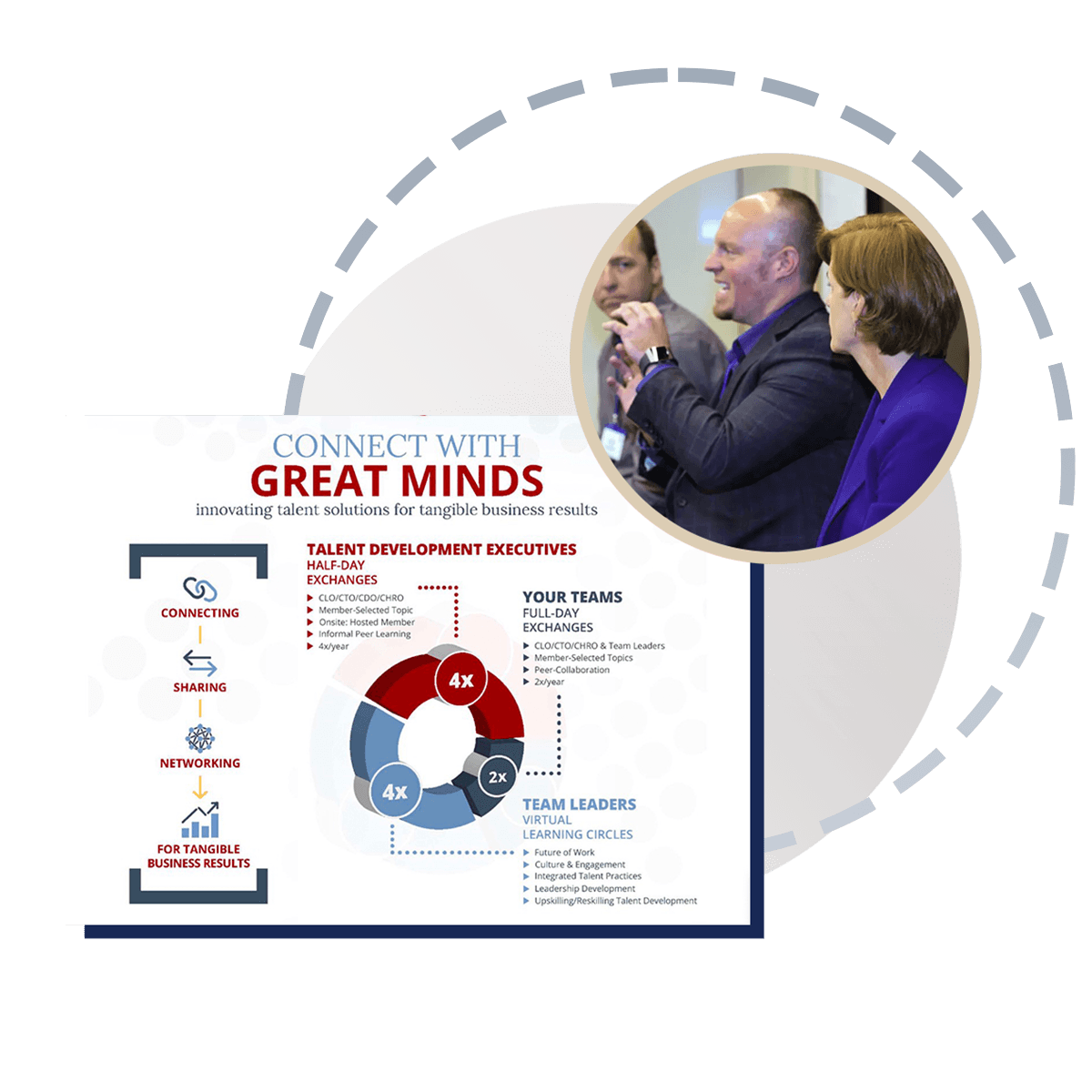Session Focus: Using analytics to forecast capability gaps, talent risks, and future learning needs.
Discover how leading talent teams use data-driven insights not just to react—but to get ahead.
This robust discussion explores how to leverage advanced analytics to proactively forecast critical talent needs—before they disrupt business continuity. We’ll dive into methods for identifying capability gaps, anticipating talent risks, and predicting learning requirements that align with strategic growth.
But forecasting alone isn’t enough.
Imagine trying to hire top talent while reducing recruitment costs—how do you know if you’re actually making progress?
That’s where HR KPIs come in.
 HR KPIs Strategy Map & Scorecard Example (Source: AIHR)
HR KPIs Strategy Map & Scorecard Example (Source: AIHR)
With the right metrics—like time-to-hire, offer acceptance rate, and recruitment cost per hire—you gain visibility into what’s working, where to pivot, and how to align your talent strategy with business outcomes.
You’ll walk away with frameworks for:
-
Building a predictive talent model,
-
Integrating HR scorecards into strategic planning,
-
Using metrics to influence executive buy-in.
This discussion will help you evolve from descriptive reporting to predictive talent intelligence that drives workforce agility and strategic advantage.
This video discussion will offer HR Talent leaders actionable insights from industry leaders on transforming rigid structures into adaptive networks that empower employees across all levels.
ELE produces this Learning Circle:
Reskilling Talent Development.
ELE's Idea Exchange: Collaborate online with your peers.
 HR KPIs Strategy Map & Scorecard Example (Source: AIHR)
HR KPIs Strategy Map & Scorecard Example (Source: AIHR)